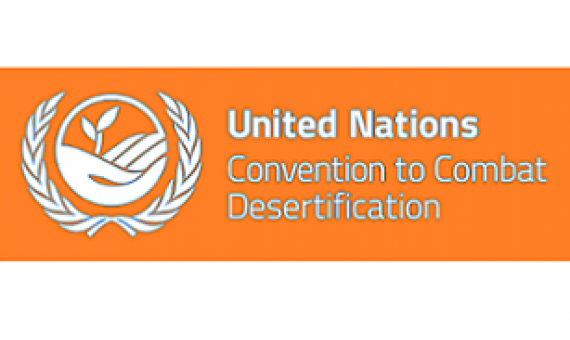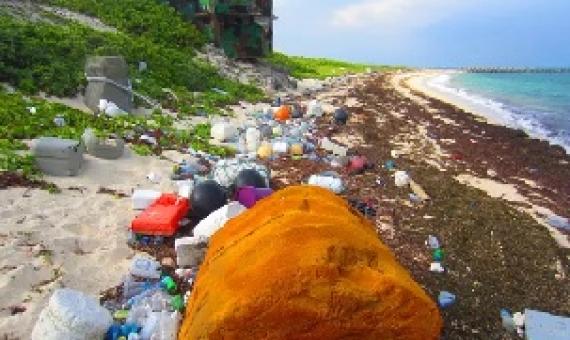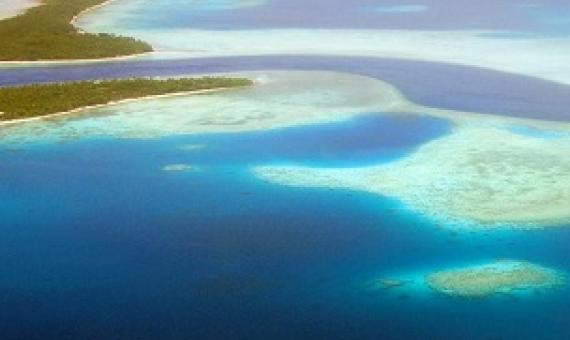UN Secretary-General Antonio Guterres on Wednesday called for an ocean science revolution to restore the marine environment.
The Treaty on the Prohibition of Nuclear Weapons comes into force under the provisions of international law after recently reaching its 50th ratification at the United Nations. Ten Pacific countries including New Zealand were central to the treaty coming into effect.
As crunch UN talks to reverse the accelerating destruction of nature loom, indigenous peoples are sounding an alarm over proposed conservation plans they say could clash with their rights.
The Land for Life Award is designed to reward impactful holistic approaches and practices that address the ecological and the social aspects of sustainable land management as a means of achieving land degradation neutrality.
Humanity is facing a new war, unprecedented in history, the secretary general of the UN has warned, which is in danger of destroying our future before we have fully understood the risk.
A decade ago, the international community pledged to protect 10% of the ocean by the end of 2020, under the auspices of the U.N. Convention on Biological Diversity.
Climate change is increasingly damaging the U.N.'s most cherished heritage sites, a leading conservation agency warned Wednesday, reporting that Australia's Great Barrier Reef and dozens of other natural wonders are facing severe threats.
Support is growing internationally for a new global treaty to tackle the plastic pollution crisis, it has emerged, though so far without the two biggest per capita waste producers – the US and the UK – which have yet to signal their participation.
The fifth edition of the UN’s Global Biodiversity Outlook report...provides an overview of the state of nature worldwide. Factors like man’s current relationship with nature, continued biodiversity loss and the ongoing degradation of ecosystems are having profound consequences for human well
The UN report card states that, as of August 2020, 7.5% of the world’s marine area was in MPAs — including 17.2% of marine areas within national jurisdiction, and 1.2% of marine areas beyond national jurisdiction.
















